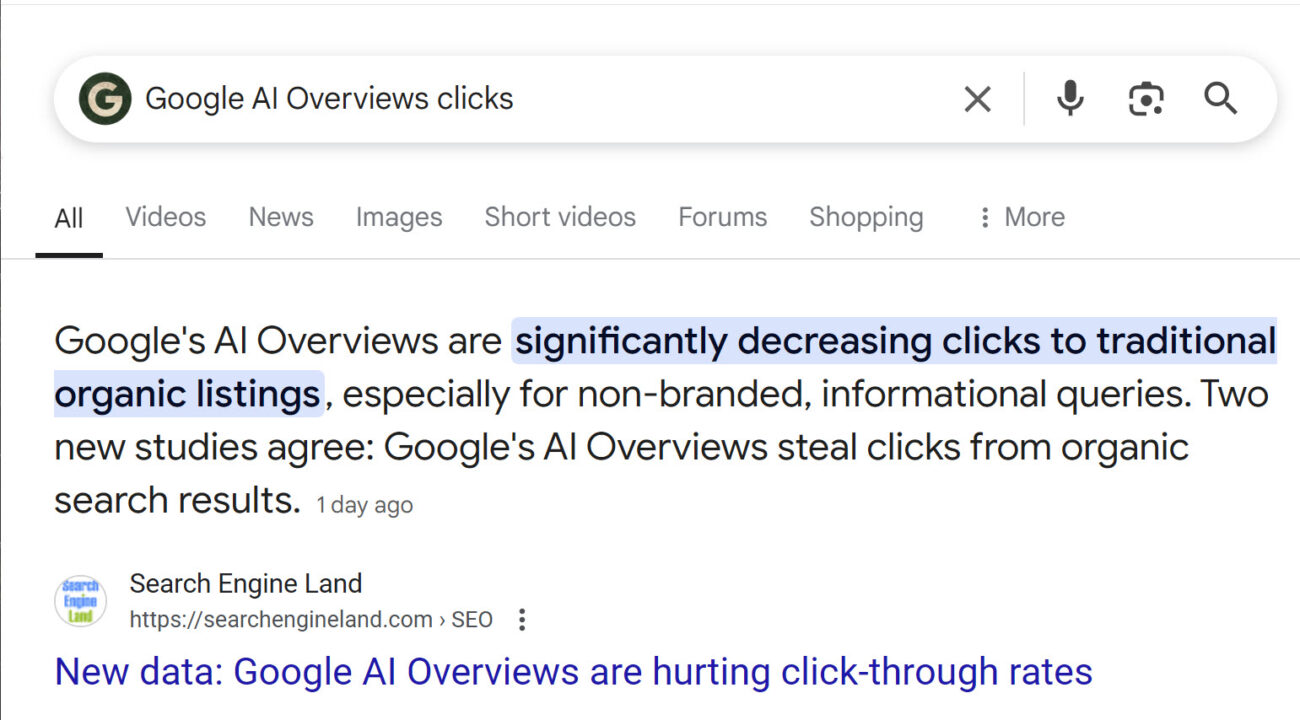For marketers both digital and physical, a campaign is only as successful as is measurable with data after the fact, whether the metric is in-store visits or online clicks. That’s why before any advertising campaign is put into action, the groundwork to measure its success must be laid.
Unfortunately for email marketers, this measurement is about to become more difficult. With Apple’s iOS 15 comes a new Mail Privacy Protection update that will force changes in the way email campaigns collect data on users.
The Tracking Pixel Problem
One of the tools in the advertiser’s arsenal is the tracking pixel, a 1×1 graphic on a webpage or email that can tell the person who placed it info about the person who sees it, such as when they viewed an email, what device they used, and even their location.
This is a useful tool for email marketing in particular because it provides valuable baseline metrics – for example, it could tell you which people on a mailing list opened a given email. It does so by firing the tracking pixel when the email is opened, at which point the pixel can secretly collect other data as well. Tracking pixels are automatically implemented in emails by most email marketing programs such as ConstantContact and MailChimp as well as Marketing Automation programs like HubSpot and Pardot.
With the new iOS update, if users choose to opt into Apple’s suggestion to “protect mail activity” (and let’s face it, only a small percentage won’t), all message content (including the tracking pixel) will preload in a proxy server automatically without the email ever being opened, rendering the “opened or not” metric useless. Furthermore, Apple will hide the user’s IP address, making it impossible for the pixel to collect data on things like user location and previous online activity.
What Does This Mean for Marketers?
If you use tracking pixels in your marketing emails, prepare for a steep (but artificial) uptick in emails opened, as well as a reduction in your data collection. Consider shifting the metrics you’ve been using to measure the success of your campaigns: for example, you’ll still be able to measure clicks from links in your emails, which is a surefire way of telling when users come to your target page from a specific ad campaign.
For more info about the Mail Privacy Protection update, check out our most recent episode of Digital Marketing Monday, where Devin and Hans explore this coming change and its implications in detail.





